science
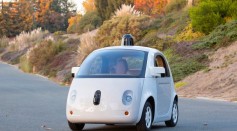
Full Speed Ahead – Google Releases Prototype for First Self-Driving Car
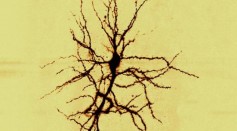
Memory Restoration Now Possible? Neurologists Find New Secrets to Synapses Storage

Reading From an E-Reader Before Bedtime Disrupts Sleep- Study
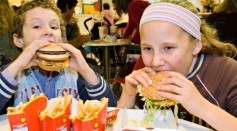
Fast Food May Affect "School Performance"

What the Winter Solstice Means - The Onset of Winter and The Darker Days Ahead
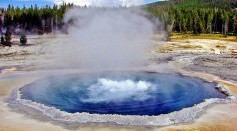
Yellowstone's Thermal Springs - Pollution and Their Unique Coloration
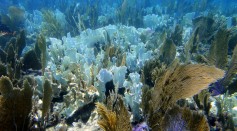
Corals Hint At Global Warming Spike―What Climate Change Is Doing Now
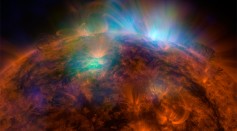
NuSTAR Telescope Helps NASA Find Nanoflares on the Sun

Sweets May Swell Your Brain—Caramel Apples & Listeria

Real-World Medicine Man Or Phony? MDs Weigh In on the Dr. Oz Debate

Caramel Apples May Not Be So Sweet—Listeria Outbreak Across US

While US Moves Forward, Cuba Stands Still—Diplomatic Relations in Stand Still
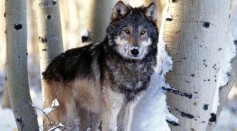
Half the Size, But Twice the Bite—Study Reports European Wolves Are on the Rise
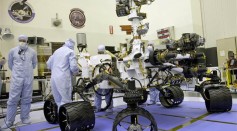
Discovery Sparks Interest—NASA’s Mission to Mars Gets Its Own New Show
Most Popular

AI Revolution in Medical Education: Transforming How Healthcare Professionals Learn

Optimizing Complex Catalog Systems with Graph Theory and Indexing

Out of Office, Not Out of Mind: Planning for Employee Holiday Absences

Nikolay Karpenko Biography, Photo, Career, Accomplishments






